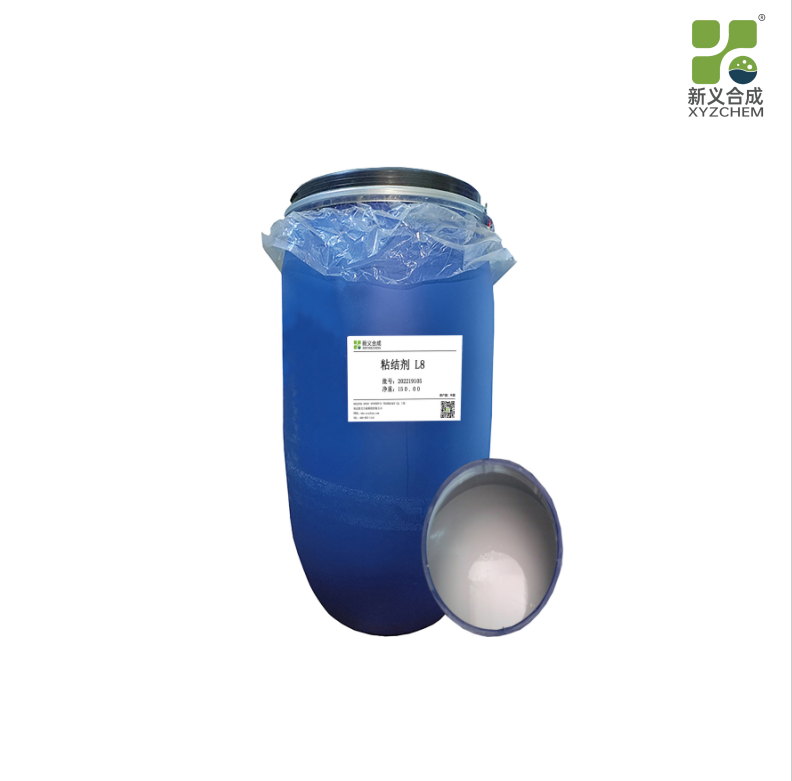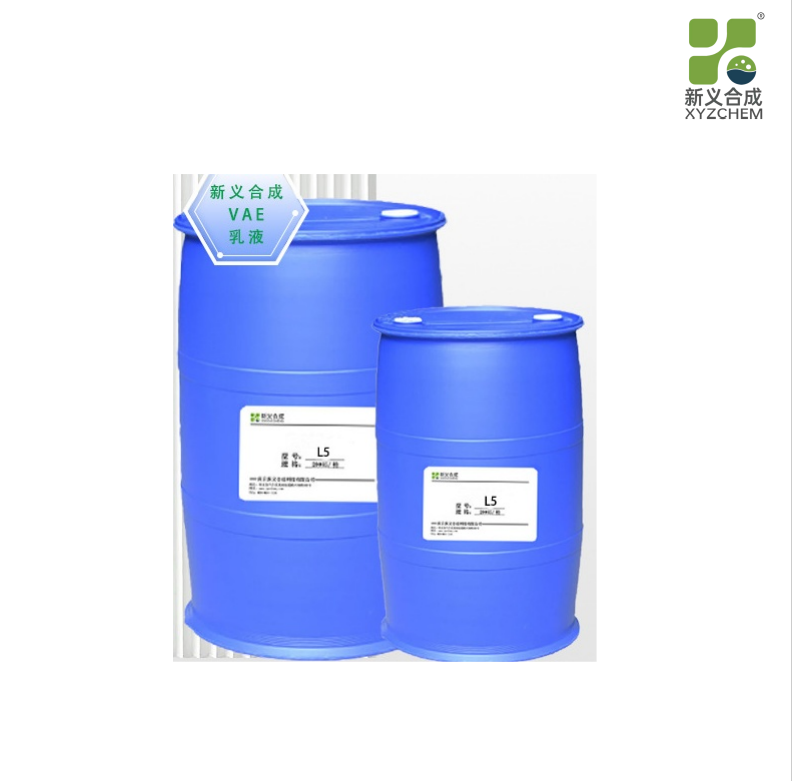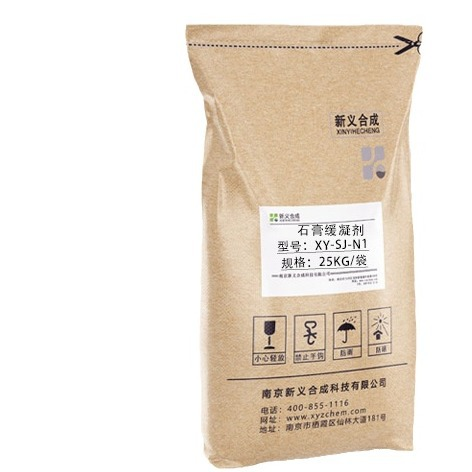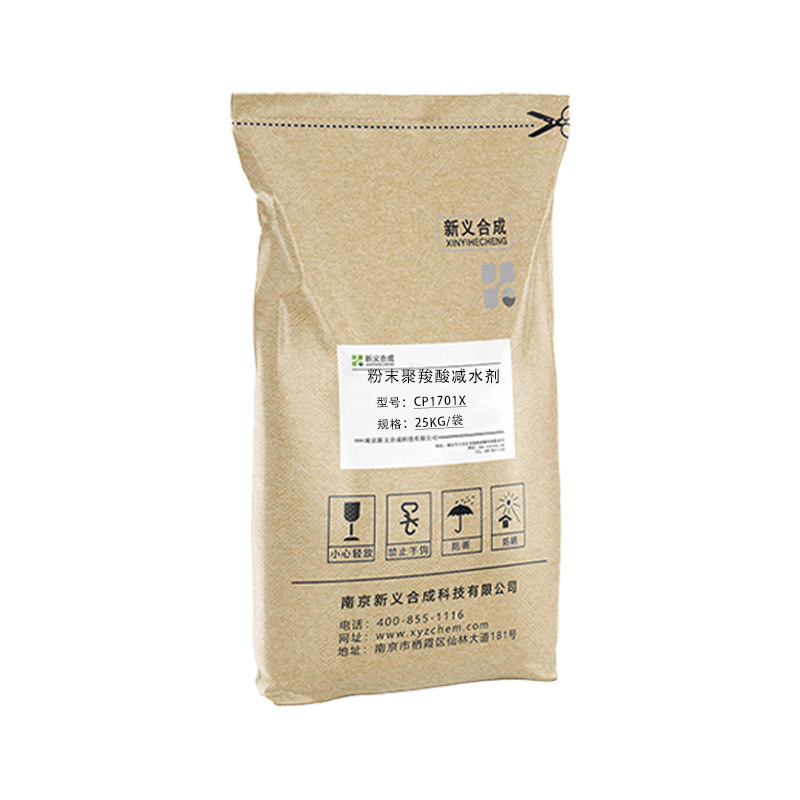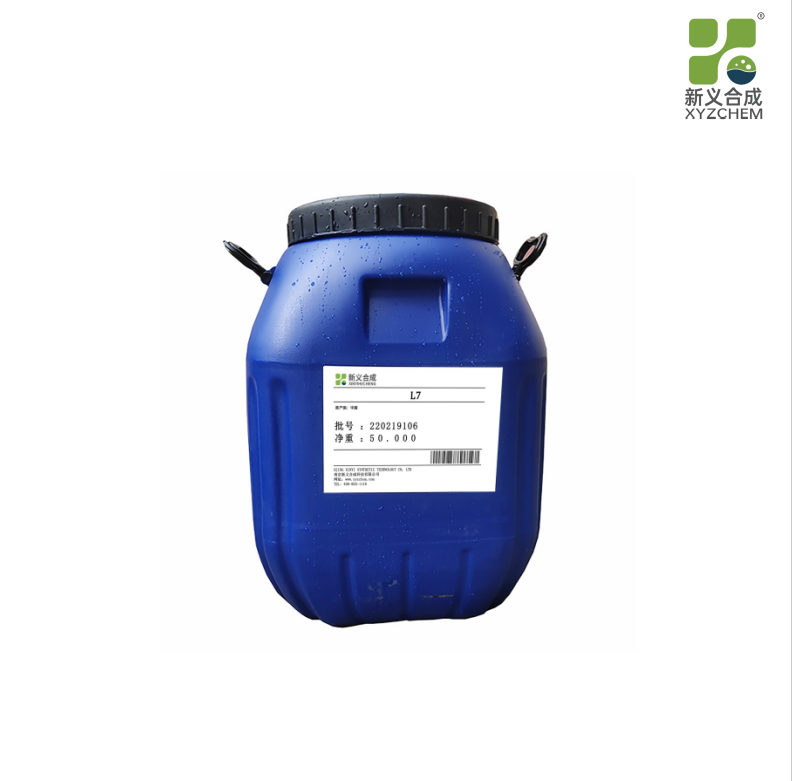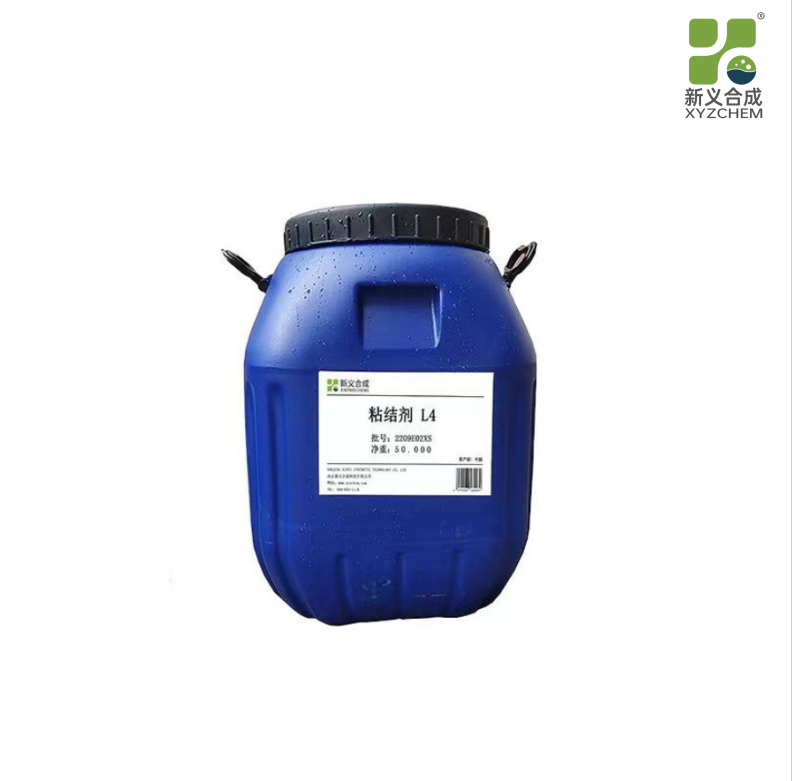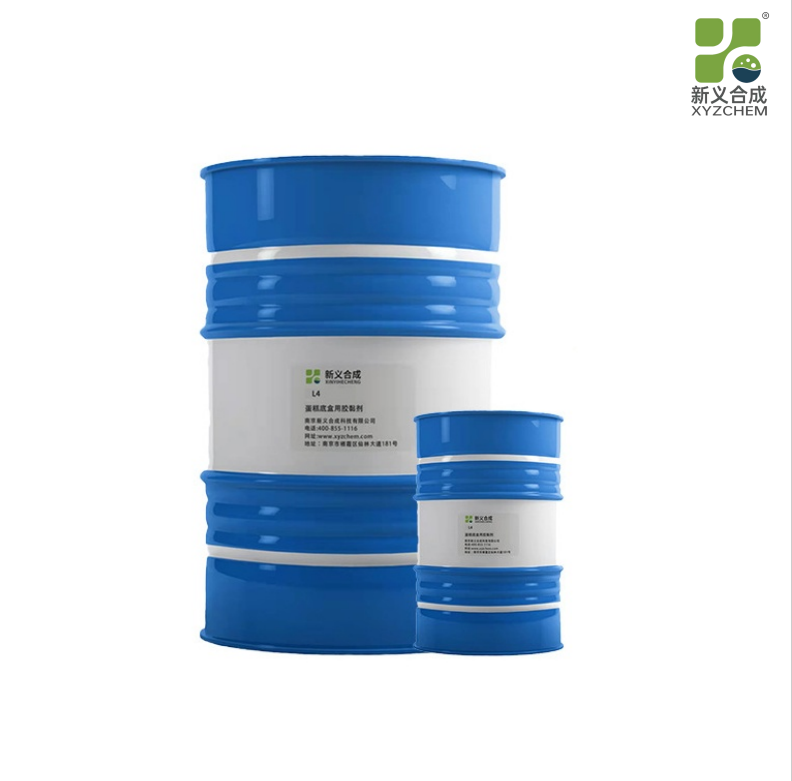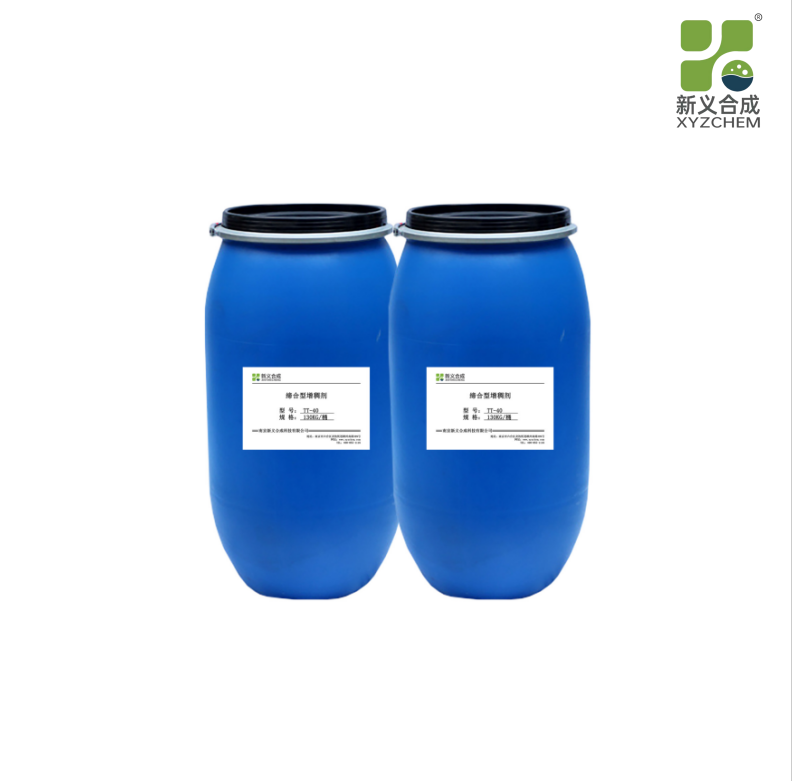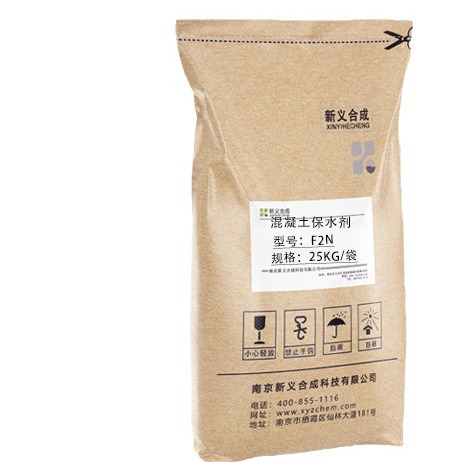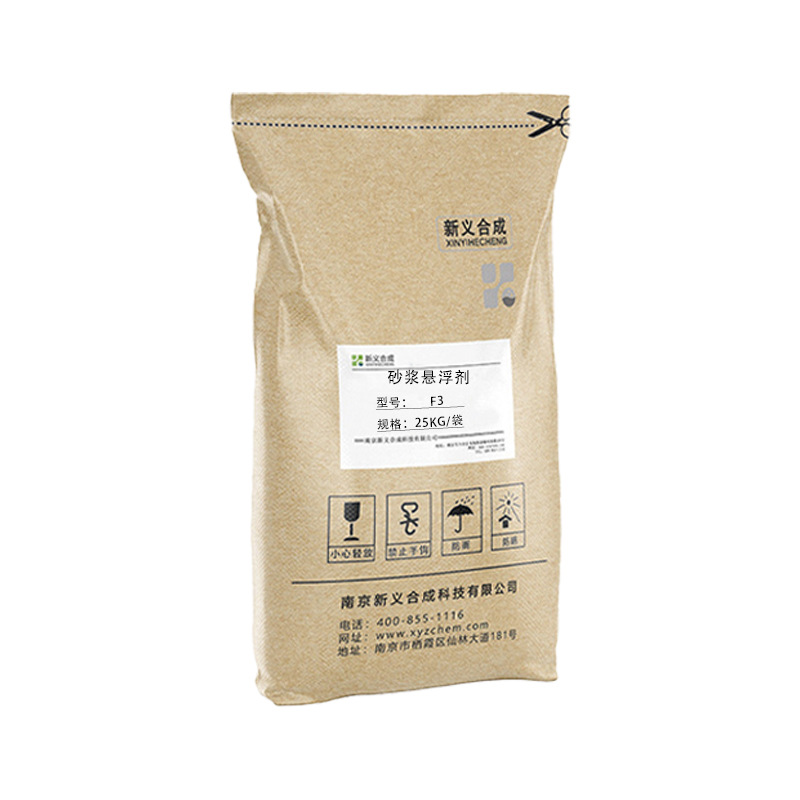Definition and classification:
Definition: Adhesives are substances that firmly link different materials together through their viscosity and chemisorption.
Classification: Adhesives can be classified according to their chemical composition and application characteristics. It is mainly divided into organic binder and inorganic binder. Organic adhesives are based on organic compounds, such as glue, tape, hot melt adhesive, etc. Inorganic adhesives are based on inorganic substances.
Composed of:
The adhesive mainly consists of base material, curing agent, filler, plasticizer, toughening agent, diluent and so on. These components work together to form adhesives with specific bonding properties and physical properties.
Types and characteristics:
Epoxy adhesive: The base material mainly uses epoxy resin, which has high bonding strength and durability, and is widely used in the bonding of metals, plastics and other materials.
Modified phenolic adhesive: good heat resistance, aging resistance, but brittleness, curing shrinkage.
Polyurethane adhesive: good flexibility, can be used at low temperatures, but not heat resistant, low strength.
α-cyanoacrylate adhesive: fast curing adhesive at room temperature, but poor heat and solubility resistance.
Anaerobic glue: a glue that cannot be cured at room temperature when it is aerobic, but can be cured quickly after the oxygen is removed.
Inorganic adhesive: can be used at high temperatures, high bonding strength, but brittle.
Purpose:
Adhesives are widely used in construction, manufacturing, medicine and other fields. In the field of construction, it is used for floor installation, wall paste, tile fixing, etc. In the field of manufacturing, it is used in the manufacture of automobiles, aircraft, electronic equipment and building materials; In the medical field, it is used for wound bandaging, medical equipment bonding, etc.
Market Trends:
Multi-functional: Future adhesive products will have more functions, such as pressure sensitivity, shape memory and so on.
High performance: The high performance adhesive will have stronger binding force, high temperature stability, chemical resistance and wear resistance.
Sustainability: With increasing environmental awareness, the adhesives industry will focus on the use of environmentally friendly materials and production processes.
Digitalization and automation: The promotion of the industrial Internet will enable adhesive products to achieve fully automated production and digital control, improve production efficiency and reduce costs.
Production process:
The production of adhesives usually includes the steps of raw material procurement, formulation design, raw material handling, mixing, heating, curing, filtration, packaging, quality inspection, storage and sales. Through scientific and reasonable production process, the adhesive products with stable quality and excellent performance can be produced.
The above is a detailed introduction to adhesives, covering the definition, composition, types and characteristics, uses, market trends and production processes.
Raw material selection:
Emulsion base: Mainly consists of water, polymer and emulsifier. Polymer is the main component of the emulsion, usually selected and paper products with good bonding properties of polymers, such as acrylates, vinyl acetate esters and so on. Emulsifiers are used to make polymers form stable emulsions in water.
Additives and additives: According to the product performance requirements, choose the appropriate additives and additives, such as viscosity regulators, PH regulators, preservatives, thickeners, etc.
Formula design
According to the specific needs of paper bonding, the composition ratio of emulsion base and the type and quantity of additives are determined.
Considering the emulsion viscosity, solid content, PH value and other key parameters, design a reasonable formula.
Production process
Synthetic polymer: According to the formula requirements, the polymer raw material is added to the reactor for heating reaction to produce polymer.
Preparation of emulsion: the synthesized polymer and emulsifier are added to the water, and a stable emulsion is formed by high-speed stirring.
Adjust the viscosity: Add an appropriate amount of viscosity regulator to the emulsion and mix it by heating to achieve the desired viscosity.
Adjust the PH value: Adjust the PH value of the emulsion by adding alkaline or acidic substances to meet the requirements of paper adhesion.
Add additives and additives: According to the formula requirements, the additives and additives are added to the emulsion, fully stir evenly.
Filter filling: The evenly stirred emulsion is filtered, defoamed, filled, etc., to obtain the finished water-based emulsion.
